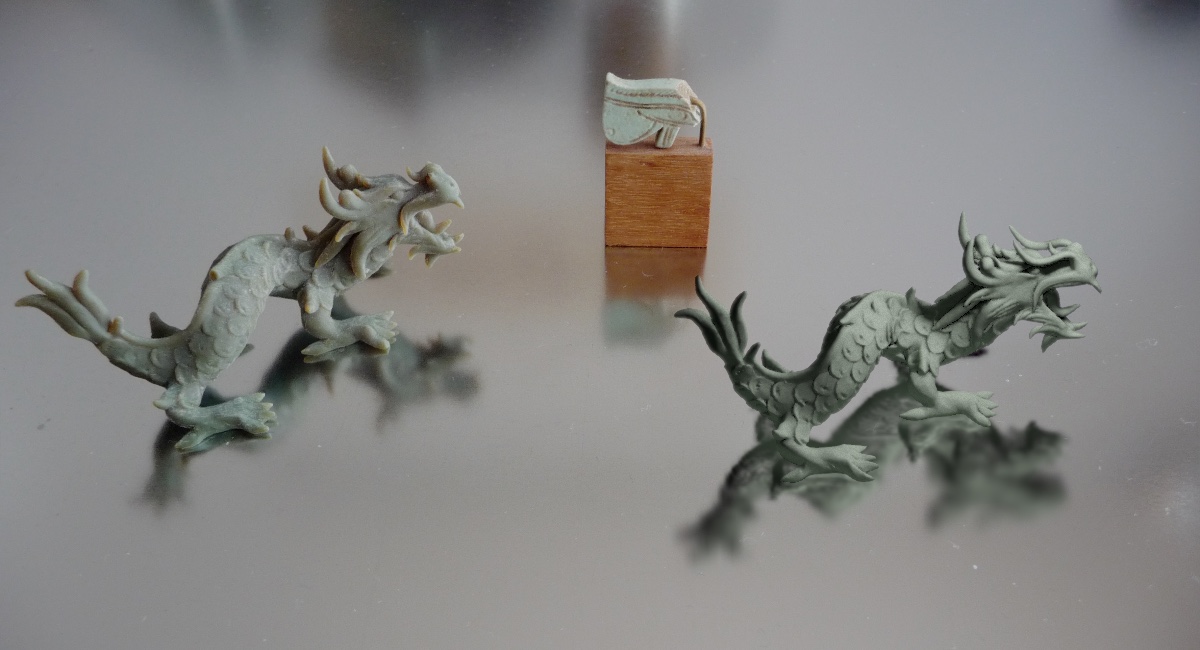The Delta Radiance Field
Technische Universität Darmstadt
Abstract
The wide availability of mobile devices capable of computing high fidelity graphics in real-time has sparked a renewed interest in the development and research of Augmented Reality applications. Within the large spectrum of mixed real and virtual elements one specific area is dedicated to produce realistic augmentations with the aim of presenting virtual copies of real existing objects or soon to be produced products. Surprisingly though, the current state of this area leaves much to be desired: Augmenting objects in current systems are often presented without any reconstructed lighting whatsoever and therefore transfer an impression of being glued over a camera image rather than augmenting reality. In light of the advances in the movie industry, which has handled cases of mixed realities from one extreme end to another, it is a legitimate question to ask why such advances did not fully reflect onto Augmented Reality simulations as well.
Generally understood to be real-time applications which reconstruct the spatial relation of real world elements and virtual objects, Augmented Reality has to deal with several uncertainties. Among them, unknown illumination and real scene conditions are the most important. Any kind of reconstruction of real world properties in an ad-hoc manner must likewise be incorporated into an algorithm responsible for shading virtual objects and transferring virtual light to real surfaces in an ad-hoc fashion. The immersiveness of an Augmented Reality simulation is, next to its realism and accuracy, primarily dependent on its responsiveness. Any computation affecting the final image must be computed in real-time. This condition rules out many of the methods used for movie production.
The remaining real-time options face three problems: The shading of virtual surfaces under real natural illumination, the relighting of real surfaces according to the change in illumination due to the introduction of a new object into a scene, and the believable global interaction of real and virtual light. This dissertation presents contributions to answer the problems at hand.
Current state-of-the-art methods build on Differential Rendering techniques to fuse global illumination algorithms into AR environments. This simple approach has a computationally costly downside, which limits the options for believable light transfer even further. This dissertation explores new shading and relighting algorithms built on a mathematical foundation replacing Differential Rendering. The result not only presents a more efficient competitor to the current state-of-the-art in global illumination relighting, but also advances the field with the ability to simulate effects which have not been demonstrated by contemporary publications until now.

